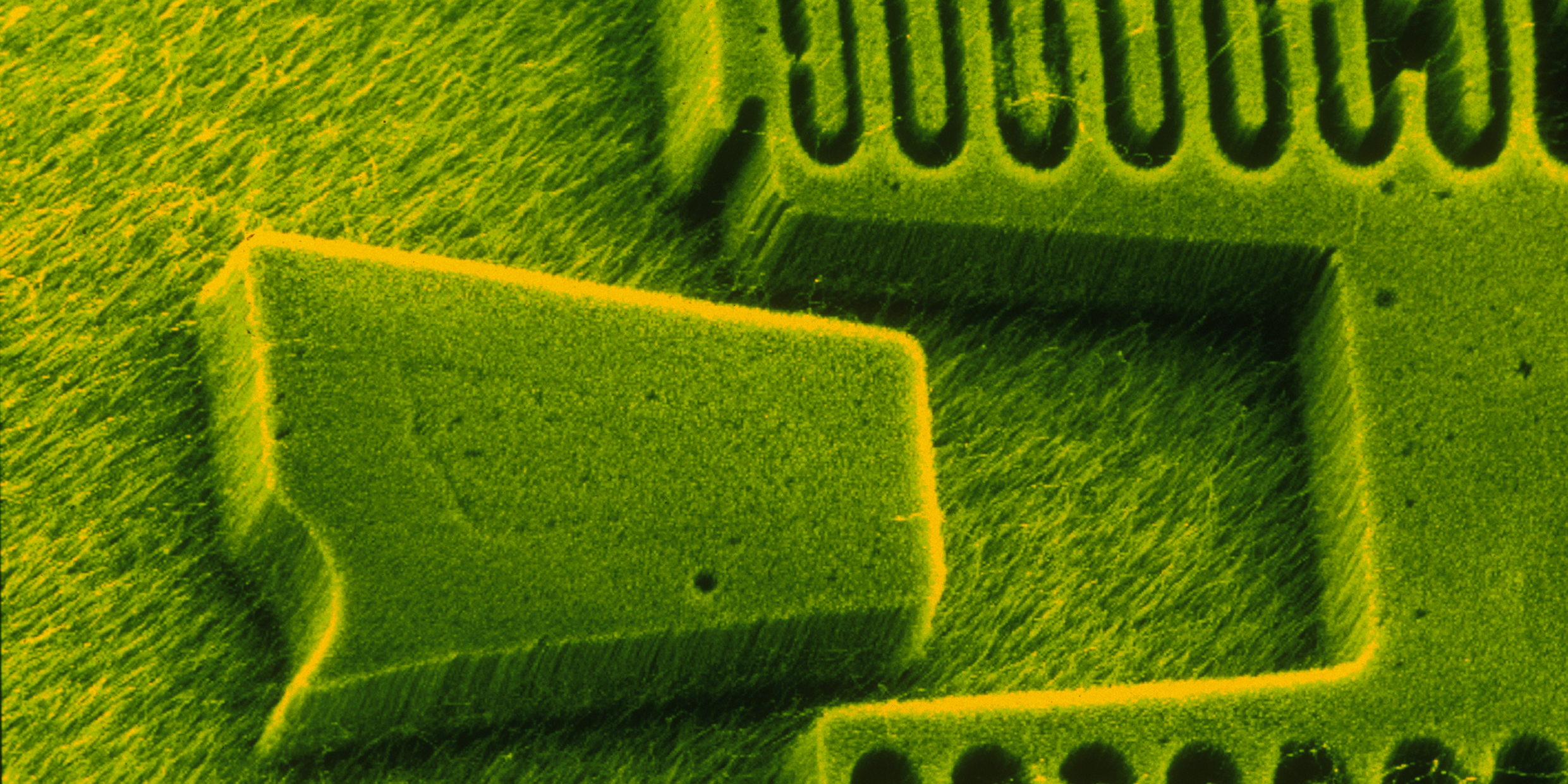Originally published 23 September 1991
Welcome to the nanodecade.
Nano, as in nanotechnology, nanocomputers, nanorobots.
Nano, as in nanometer, or billionth of a meter. Small. Very, very, very small.
In my grandmother’s house a huge Stromberg-Carlson radio stood against the the living room wall. It was the size of a church window. The whole family could gather around it in the evening listening to Kate Smith or Amos ‘n’ Andy, and my grandmother had a big family.
The radio was big because the electronic tubes inside were big. The size of milk bottles. And glowing red hot.
By the time my parents got their own house, radios had shrunk to the size of a breadboxes. Tubes had gotten smaller. Now they were the size of salt and pepper shakers. The radio sat on a table, not on the floor. Every weekday afternoon I sat beside that sturdy Zenith listening to Tom Mix and Sky King.
On my 14th birthday, in 1950, I was given a radio of my own. A little Sears Silvertone. About the size of a recipe box. Inside were a half-dozen tubes the size of lipsticks. Electronic tubes were shrinking fast. But they still glowed red hot, so they needed space inside the box to keep from overheating.
By the time I went off to college to study electrical engineering, the first general-purpose computers were appearing in the marketplace, each containing hundreds or thousands of lipstick-sized tubes in room-filling boxes. The tubes acted like switches, directing electrical signals this way and that. Sometimes tubes burned out. We called it “down time” when the computer didn’t work. There was lots of down time.
A change of scale
Then, along came transistors. Did the same thing as tubes, but cheaper and more reliably. Didn’t burn out. Didn’t break. Because they worked at room temperature, lots of transistors could be packed close together. And small. The size of a pinhead. The world of electronics had changed scale. From meters to millimeters. The 60s and the 70s were the millidecades.
Now things moved fast. Engineers discovered how to fit a dozen transistors onto a piece of silicon the size of a thumbnail. Then a hundred. Then a thousand. Then a hundred thousand. Radio’s shrank to the size of wristwatches and entire computers were squeezed onto chips of silicon. Every machine could have its own little brain. Smart airplanes. Smart cars. Smart bombs.
Put a hundred thousand transistors on a silicon chip and each transistor will have dimensions of millionths of a meter, or micrometers. Soon engineers began fabricating motors, tweezers, and gears on the same micro scale. Micromachines. Microcomputers. Microtechnology. The 80s were the microdecade.
We are just getting used to the microdecade. Just getting used to having automobiles and washing machines that are almost as smart as we are. Just getting used to relying all day long on gizmos that are too small to see.
Just getting used to micro when along comes nano.
Manipulating atoms
IBM scientists recently announced the creation of an electronic switch that involves the back and forth motion of a single atom. Atoms are measured in billionths of a meter, called nanometers. At this scale the entire contents of the Library of Congress could be stored on a 12-inch disk. The complete works of Mozart — the entire classical repertoire! — could be stored on a CD. The…
Whoa, wait a minute, my head is spinning.
For the last couple of years scientists have been learning how to build structures one atom at a time. Their tool is the scanning tunneling microscope, a device that can pick up atoms and move them around on a surface. Earlier this year, for example, a Japanese scientist used a scanning tunneling microscope to etch Einstein’s face (the famous image of Einstein sticking out his tongue) onto a smooth surface. The picture was measured in billionths of a meter. A nanoEinstein. A hundred million nanoEinsteins could fit on the head of a pin.
Another Japanese research group etched “Peace 91” on a surface by blasting out atoms one by one. Scientists at IBM spelled out the company’s logo with 35 xenon atoms on a nickel surface.
Sure, they were showing off, but these little tricks demonstrate what can be done. By the end of the current decade we may have nanoprocessors, computers-on-a-chip that are a thousand times smaller and faster than any existing today.
Some visionary scientists foresee tiny smart robots on the nanometer scale, roaming around like vast invisible clouds of nanognats, building houses atom by atom, decomposing trash, or clearing fatty deposits from the bloodstream. Impossible? Don’t bet on it. A virus is a nanomachine of sorts. If nature can build them, why can’t we?
Will nano be the ultimate in miniaturization? Does it make sense to talk about engineering on a scale smaller than atoms? Trillionths of a meter are called picometers. Quadrillionths of a meter are called femtometers. Getting used to nano will take some time. Let’s hold off on pico and femto.



